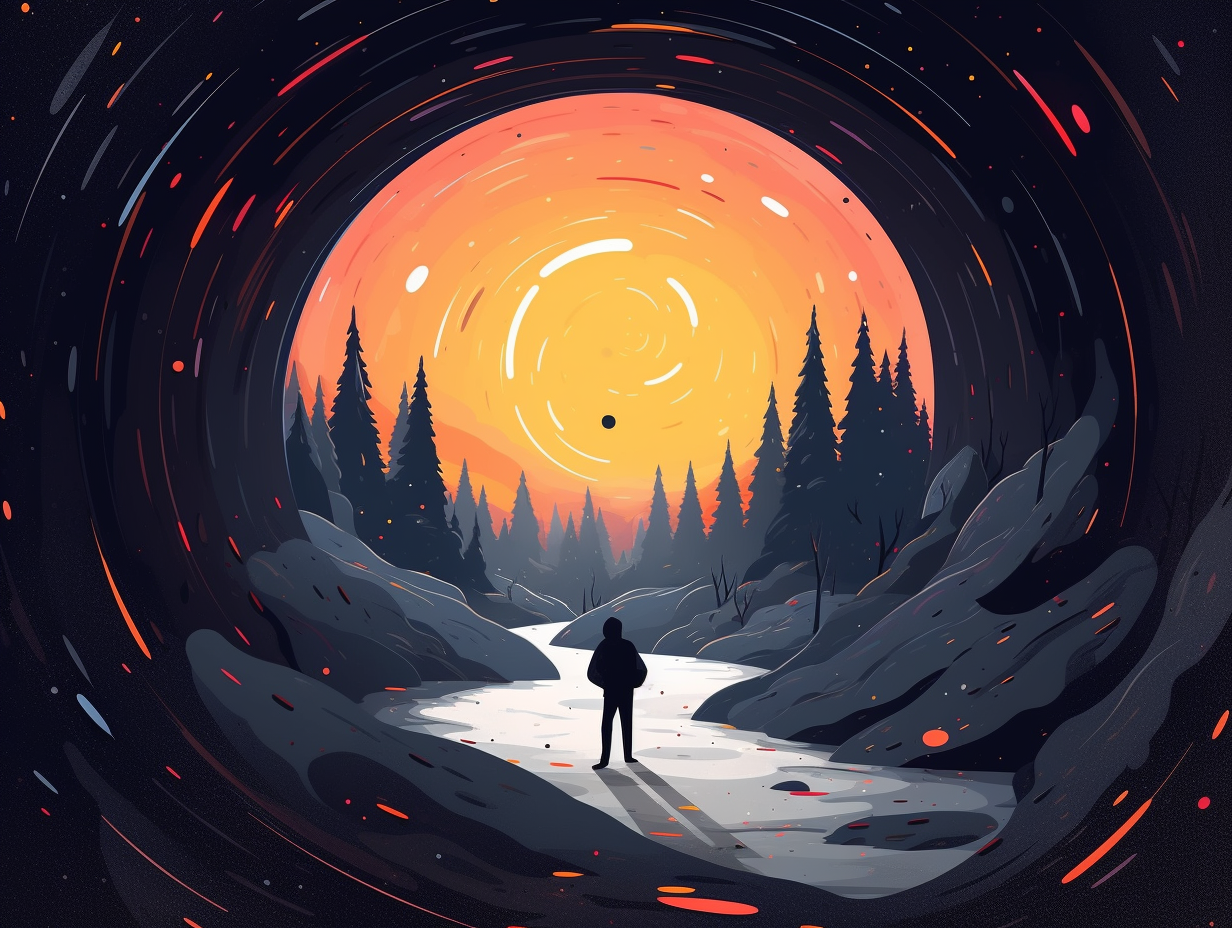Discover the Cosmic Wonders: Top 14 Fun Facts About Neutron Stars You Won't Believe!

1. Cosmic DJs: Pulsar Precision
Step aside, cosmic DJs, for the true masters of spinning are neutron stars called pulsars: These astronomical phenomenons can rotate hundreds of times per second and are even more precise than atomic clocks, making them invaluable tools in calculating cosmic distances and putting Einstein's general relativity theory to the test.
Source => space.com
2. Magnetic Rollercoaster Ride
Hold onto your electrons and prepare for a magnetic rollercoaster ride: Neutron stars possess magnetic fields up to 1 quadrillion times stronger than Earth's, powerful enough to polarize the vacuum of space itself, resulting in photons merging or splitting and creating virtual particle-antiparticle pairs.
Source => en.wikipedia.org

Did you know that stars can indirectly reveal the presence of black holes through their gravitational relationship? Discover the fascinating world of black hole binary systems and dark matter!
=> Fun Facts about Black-Holes
3. Neutron Star Barista
If a neutron star were a barista, it'd serve you the most compressed espresso ever: These cosmic remnants are not only about the size of a city but also pack up to twice the mass of the sun within their 11-kilometer radius, as discovered by the Max Planck Institute for Gravitational Physics. These stars showcase the densest matter in the observable universe and could even be considered one giant atomic nucleus!
Source => aei.mpg.de
4. Human Race Sugar Cube
Imagine stuffing all 7 billion humans into a magic blender, whizzing it until we're nuclear soup, and then saying, "Abracadabra, sugar cube-ify!": The entire human race, compressed into nuclear matter, would take up merely the space of a sugar cube! In related cosmic shenanigans, a solar mass neutron star is just a smidge bigger than Manhattan Island, and a teaspoonful of neutron star stuff would go kaboom on Earth — since, alas, we lack the massive gravitational forces to keep it together.
Source => kickassfacts.com

5. Hulk-Dumbo's Cosmic Baby
If the Incredible Hulk and Dumbo had a cosmic baby, it would be a neutron star – small yet unbelievably heavy, and prone to creating a supernova-sized tantrum: These celestial heavyweights, weighing as much as two suns, are formed when massive stars collapse and their cores compress, fusing protons and electrons into neutrons and releasing colossal amounts of energy in the process, leading to captivating supernova explosions that leave astrophysicists wide-eyed and stupefied.
Source => mpa-garching.mpg.de
6. Breakdancing Neutron Stars
If a neutron star were a breakdancer, it would surely give the world a never-ending, jaw-dropping performance with its dizzying spins: The fastest neutron star ever discovered, PSR J1748-2446ad, rotates at a mind-blowing 716 times per second, which is a whopping 43,000 rotations per minute, and its equatorial surface actually travels at 24% the speed of light!
Source => astronomytrek.com
7. Cramming Dense Exams
If you thought cramming for exams had you feeling dense, imagine packing the sun's mass into a space the size of a city: Neutron stars are insanely dense celestial bodies with powerful gravitational forces resulting in time dilation, gravitational lensing, and a speculated maximum mass limit.
Source => arxiv.org
8. Gravity's Buff Big Brother
If Earth's gravity had a big brother, it would be the neutron star, putting your gym squats and deadlifts to shame: Gravitational fields on neutron stars are a whopping 200 billion times stronger than our own! Plus, their magnetic fields boast strength levels worth bragging about, reaching 1 quadrillion times more potent than Earth's bench pressing magnetism. As if that wasn't enough, these celestial show-offs also emit pulsating beams of electromagnetic radiation to catch everyone's attention – truly the ultimate stars of the cosmic stage!
Source => en.wikipedia.org
9. Twerk Masters of the Cosmos
Neutron stars: the twerk masters of the cosmos, spinning around faster than the Earth on a caffeine high; these compact celestial bodies can rotate as rapidly as milliseconds, and one such star, GRO J1008-57, holds the record for the strongest magnetic field in the universe at a whopping 1 billion Tesla, which rips atoms apart like a hot knife through butter.
Source => universetoday.com

10. Cosmic Vampires' Feeding Frenzy
Neutron stars are like cosmic vampires, always craving their next victim: They love to suck up material from an unfortunate companion star in a binary system, forming scorching-hot rotating hotspots that shine in the X-ray realm. But don't worry, this feeding frenzy doesn't send them into an eternal sleep – it actually recycles old pulsars, morphing them into super-speedy, well-rounded, and rejuvenated millisecond pulsars.
Source => en.wikipedia.org
11. Dancing to Cosmic Beats
Who knew neutron stars could give Earth's best DJs a run for their money with their spinning skills? Get ready to dance to their cosmic beats: These compact stars have a mere 10 km diameter but can rotate several hundred times per second! When they steal matter from their starry neighbors, they create surface hotspots that throw out X-ray parties, helping us study their fantastic properties and the physics of extremely wild environments.
Source => arxiv.org
12. Mary Poppins' Cosmic Teaspoon
If Mary Poppins had a teaspoon made of neutron star material, she'd need a whole lot of sugar to help this cosmic medicine go down: A single teaspoon of neutron star material weighs a staggering one billion tons, making these celestial titans the densest objects known to grace our universe.
Source => ligo.caltech.edu
13. Celestial Vacuum Cleaners
Neutron stars are the celestial vacuum cleaners of the galaxy, sucking up gas and dust with the tenacity of a cosmic Roomba gone rogue around a particularly dirty black hole: The voracious appetite of an accreting neutron star binary system slurping nearby material from its companion star is what causes those dramatic X-ray outbursts that have astronomers gazing in awe, despite the neutron star's inability to expand or recycle the bounty into a grander celestial creation.
Source => popularmechanics.com
14. Dizzying Radiation Beams
Ever been so dizzy you felt like you were emitting beams of radiation? Pulsars, the spinning top *neutron stars*, know the feeling: As they rotate, these cosmic light houses accelerate charged particles along their magnetic field lines, emitting detectable pulses of radiation.
Source => astronomy.com
Related Fun Facts




















